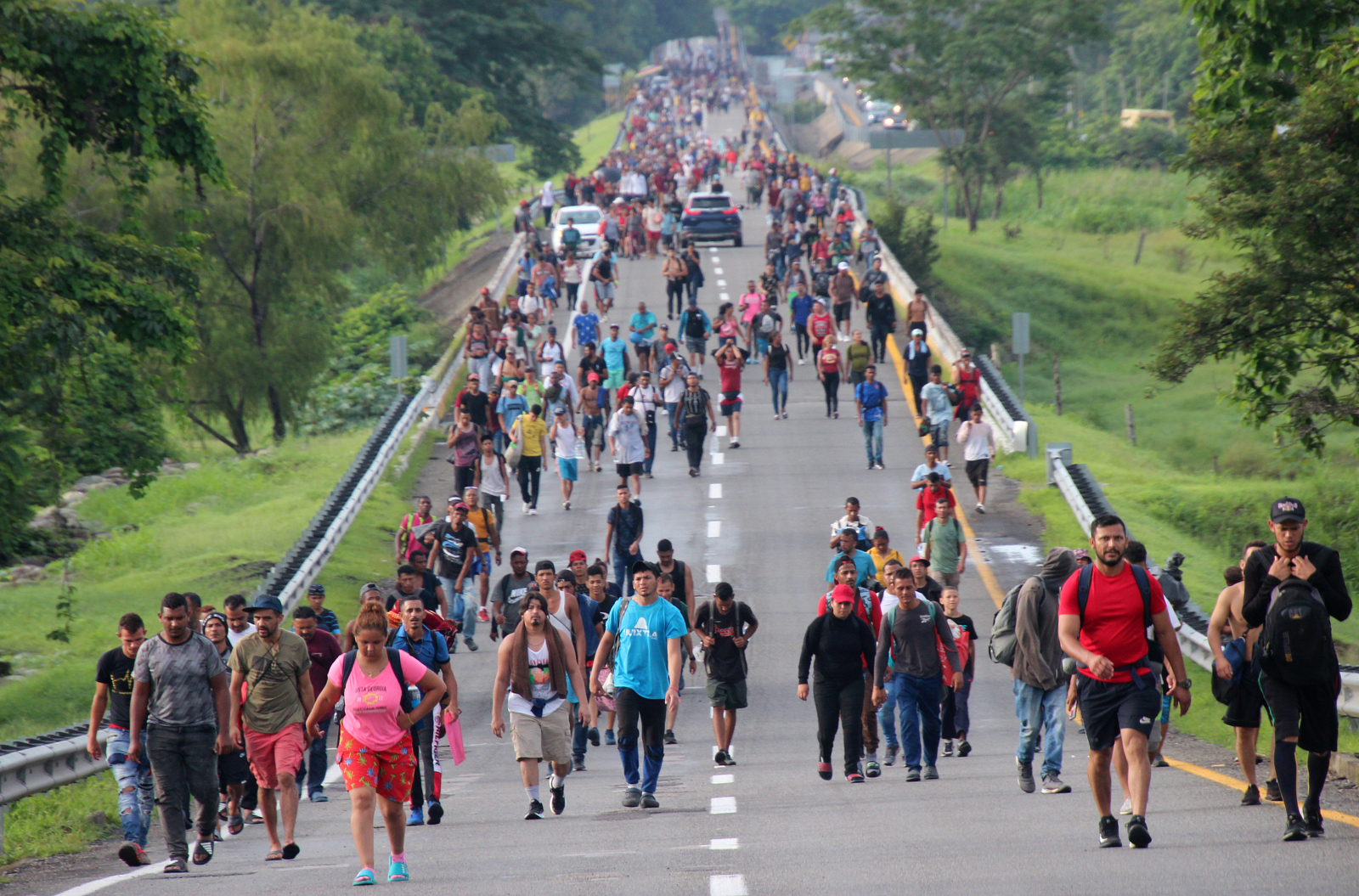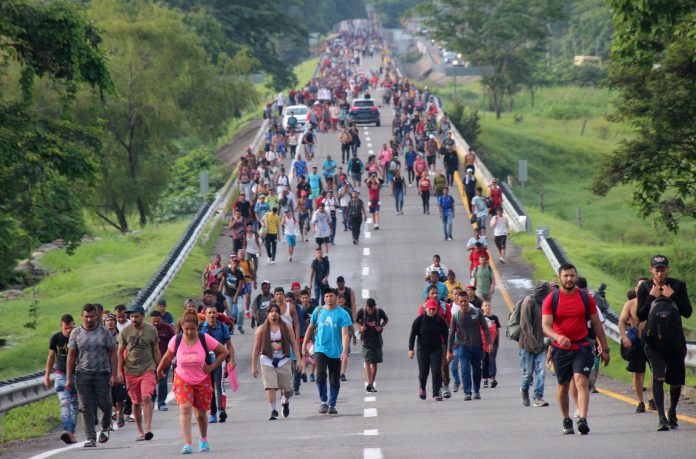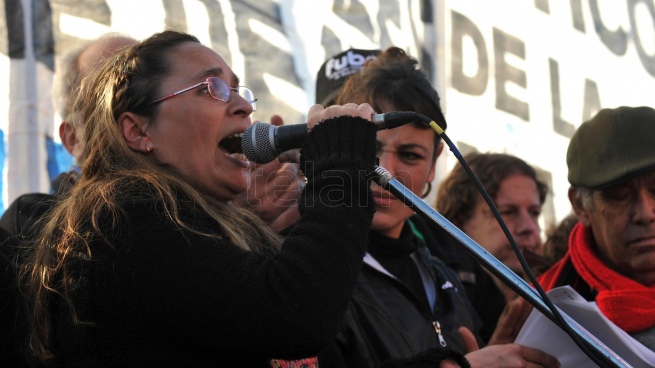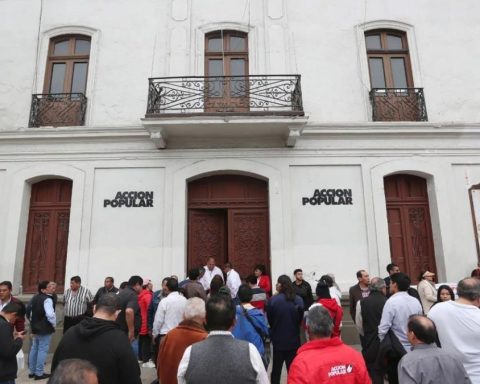The new migrant caravan, made up of some 3,000 people, mostly from Venezuela, Central America and Haiti, which left on Friday from the Mexican municipality of Tapachula, bordering Guatemala, obtained hundreds of transit visas this Saturday by agreeing on the delivery of those documents with authorities.
The caravan walked just over 42 kilometers to a migration booth located in the municipality of Huixtla where they were attended by agents of the National Migration Institute in groups of 50 people.
From Friday night and this Saturday morning, the Mexican authorities delivered the first Multiple Migratory Forms (FMM), a document that certifies legal stay in the country and with which foreigners have -regularly- 186 days to be able to leave. of the country and move through Mexican territory, although in this case it is valid for 30 days.
Venezuelans Jonathan Ávila and his wife Janeidi, who are traveling with a three-month-old baby and another minor, already have this document to travel to the border north.
“The caravan was a great help because they gave us the permit, of course they didn’t give it to all of us, we came in a group of seven and in the end they separated us all, we don’t know where the other people are,” said the woman.
migrant caravan
But despite the permit, this family, like many others, is already without resources to buy food and does not have to buy their travel tickets. “In the event that we cannot buy tickets or travel in other vehicles, we would have to walk,” said Jonathan.
Ávila explained that the migration officer told them that with the paper they could circulate throughout Mexico and “any immigration official who stopped them would show them this permit because they were already registered with the migration agencies and that they cannot tear it up because they would be violating Your rights”.
The bulk of the caravan is at the immigration office in Huixtla, and they have already handed in their identification cards and some their passports in order to process this temporary permit.
The INM indicated that it has installed some permanent checkpoints to prevent people who have been left behind from traveling by public transport and added that the delivery of documents will continue to registered people.
For humanitarian reasons
On Friday, a group of foreigners asked the Mexican government to grant them a humanitarian corridor with buses to be able to circulate through the national territory, and thus be able to reach the northern border and cross into the United States.
This group of migrants traveling in a caravan does not seek visas for humanitarian reasons, nor a 30-day permit to travel in the country, since they have denounced that the immigration authorities tear up the documents and return them to Tapachula again.
This is the second largest in the last six months that left walking in search of reaching the United States, after at the beginning of this month some 15,000 migrants undertook the path to the north of the country, which ended up dissolving.
The caravan reflects the record migratory flow to the United States, whose Customs and Border Protection (CBP) office detected more than 1.7 million undocumented immigrants on the border with Mexico in fiscal year 2021, which ended on December 30. last september.
At the beginning of June, the Mexican government reported an increase of 89% year-on-year in the number of migrants presented or channeled by the immigration authority in the first quarter of 2022, adding 77,626 from January to March.
Mexico deported more than 114,000 foreigners in 2021, according to data from the Migration Policy Unit, figures not seen in almost 15 years, while in fiscal year 2022, which began on October 1, 2021, the CBP has counted more than a million migrants intercepted at the US southern border.

















